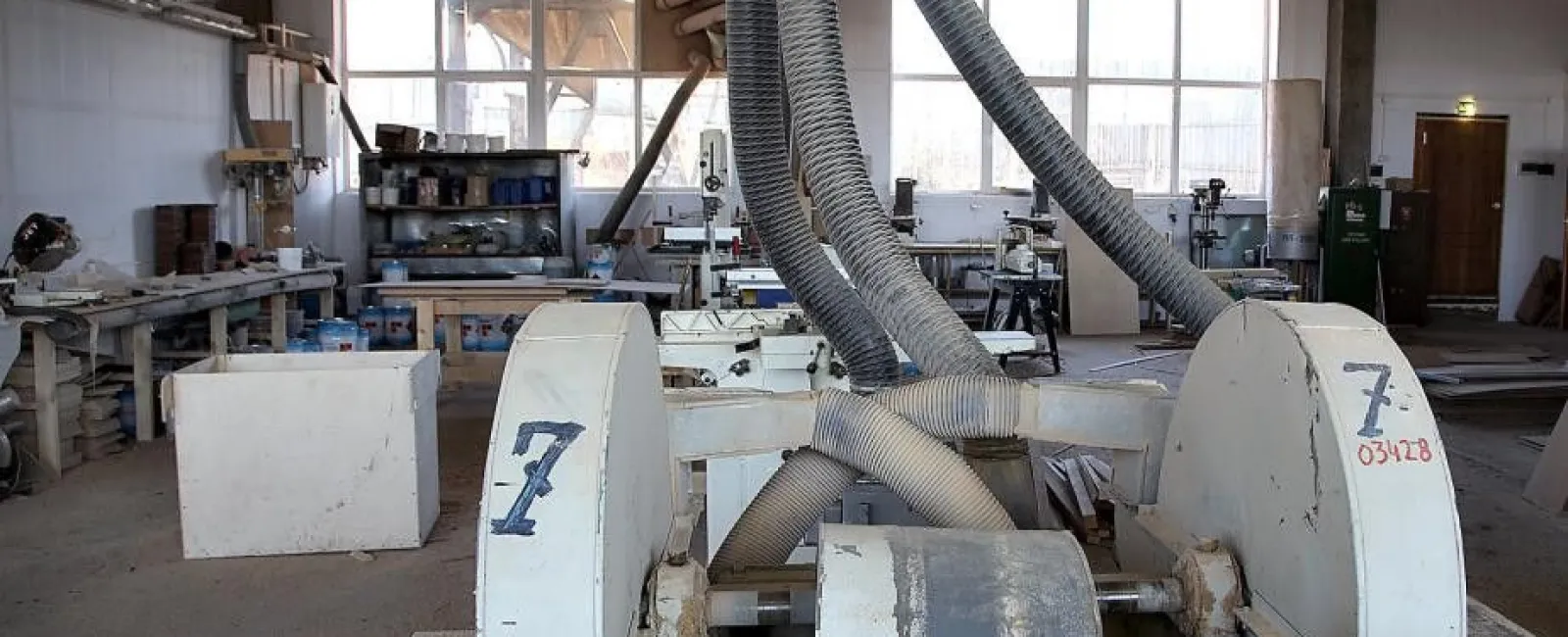The rise in global warming poses a global threat. Industrialists are seeking ways to regulate their industrial emissions.
The U.S. is responsible for more than 40% of the world's carbon emissions. This requires facilities in the U.S. to install dust collection systems.
The woodworking industry features facilities that generate significant amounts of dust during manufacturing and assembly processes. Milling, sawing, sanding, turning, and routing are common procedures in wood processing facilities.
The industry is involved in the manufacture of furniture, cabinetry, and wooden pallets for shipping.
Contaminant Characteristics
Before going into the details of why a dust collector system is important for the woodworking industry, it's important to understand the characteristics of the dust emitted during processing. This depends on the process implemented and the kind of wood used. Hardwood processing creates finer particles as compared to softwood.
Moisture content
Moisture content significantly influences the process as well. Processing of woods with higher moisture content generates particulates of irregular shape with slight adhesiveness. Processing of dry wood generates more splinters. Other materials like plywood, fiberboards, and OSB produce resins and glues during processing.
Equipment employed during the Process
The operation and equipment utilized during processing also affect the characteristics of contaminants. Finishing processes are usually high-speed and generate fine particulates with sizes up to 5 µm. The size can vary up to 200 µm for processes that involve the use of larger equipment like jointers, saws, and routers. The use of drills, lathes, and planers can produce particulates with a thickness of ¼ inch.
The irregular sizes and shapes of particulates make them abrasive. The contaminants are hygroscopic in nature and, once combined with moisture, they agglomerate and adhere to equipment, damaging the machinery.
Risks associated with contaminants
- Prolonged exposure to wood contaminants can lead to adverse health effects. Employees are exposed to the risk of dermatitis, respiratory complications, and mucosal.
- Some particulates emitted during wood processing have been declared carcinogenic.
- Wood dust is susceptible to fires and requires adequate measures for safe removal.
- The dust adheres to machinery and causes it to malfunction.
Advantages of Getting a Dust Collector System
- The installation of a dust collector system can minimize the health risks associated with wood dust.
- It works as an additional safety parameter, both for the facility and the technicians.
- Dust collector systems collect dust and prevent it from adhering to the equipment surface. This reduces the need for frequent maintenance.
- Installation of a dust collector system complies with the OSHA standards.
- The material collected in the system can be recovered and reused for future applications.
If you own an industrial facility and are planning to manage your industrial emissions, the installation of a dust collector system is an effective way to improve your IAQ. We, at Cringler Enterprises Inc., provide services for the design, fabrication, and installation of dust collecting systems . Our range of products includes 3 Separator Rooftop System, Dual Separator System, EPI, balers, conveyors, and various waste handling equipment.
